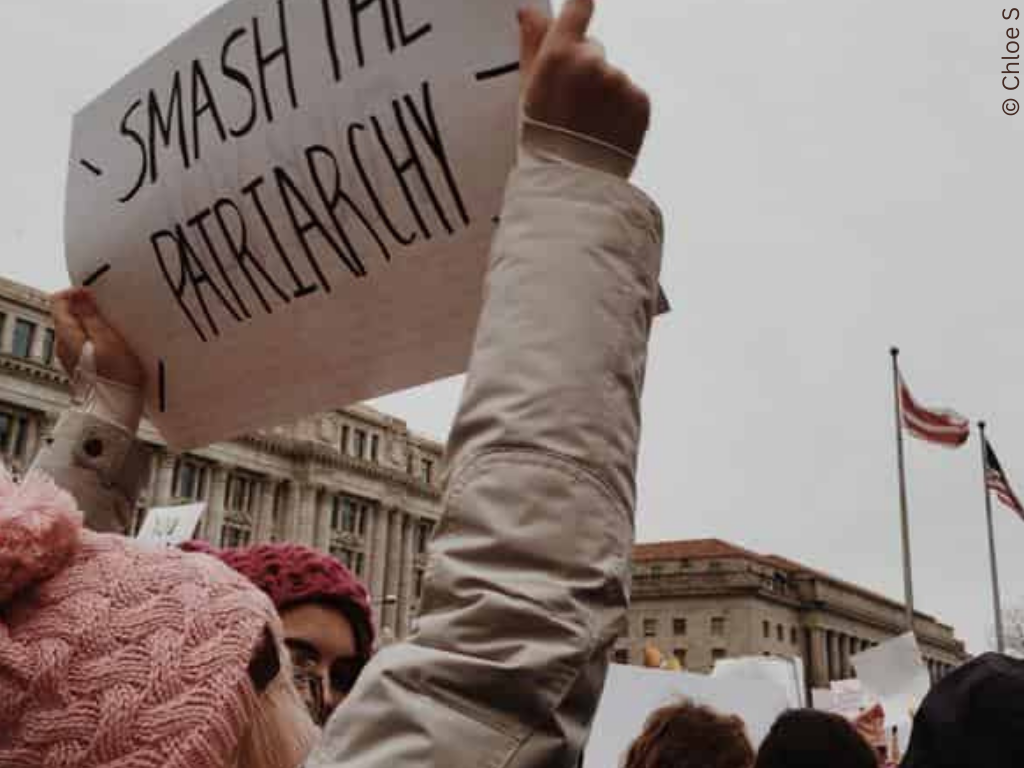Reimagining “Beauty”: Young Adult Fairytale Retellings in Perpetuation of & Resistance to Patriarchy
This article utilises an intersectional, feminist lens to analyse the narrative and characterisation choices made by the authors of several different iterations the fairytale ‘Beauty and the Beast'.
DOI:
https://doi.org/10.58091/9TCV-KR76Keywords:
Feminism, intersectionality, fairytale retellings, Writing Craft, Creative Writing for Young PeopleAbstract
In recent years, Young Adult (YA) fiction has – following its speculative adult counterparts – seen an influx of feminist dystopias. With this increase, comes a vast assortment of patriarchal systems created to coerce and control young female protagonists. What are the steps for YA writers wishing to create such high-concept patriarchies? Prior to writing is understanding that real-world patriarchies are social systems with interconnected power discourses. Social ideals are created and upheld by institutions such as education, science and religion, to create common norms – or ‘Group Think’ – ensuring women are ruled by men, whether it be actively or passively. Thus, when planning, writers must first form the feminist message their novel revolves around, before turning this idea directly on its head: the world in their novel should present the direct opposite of their message. Now, with the foundations of a patriarchy conceptualised, writers must focus on developing and maintaining the social norms which are to keep their protagonist oppressed and unhappy. Finally, to deliver the desired message, writers must plot to send their oppressed and unhappy protagonist on a journey through the patriarchy; it is up to the writer whether they come out the other side.

Downloads
Published
Issue
Section
License
Copyright (c) 2023 Zoe Marriott

This work is licensed under a Creative Commons Attribution-NonCommercial 4.0 International License.
CCBY-NC-4.0

